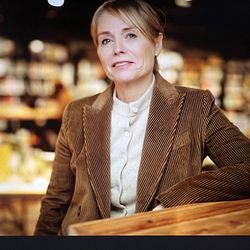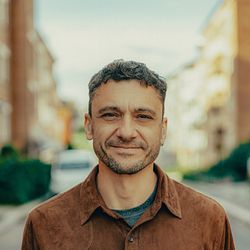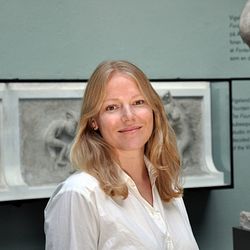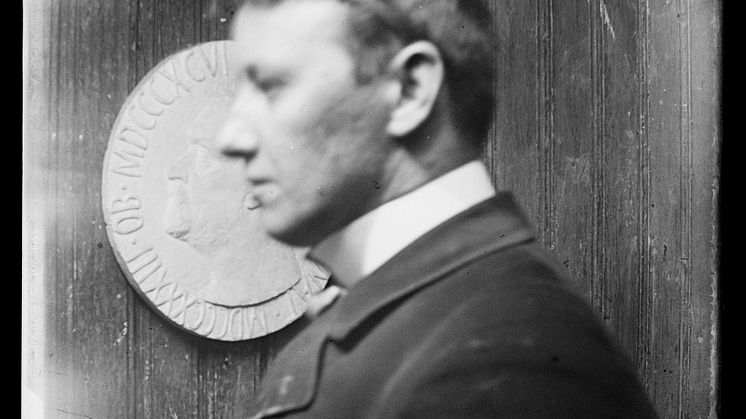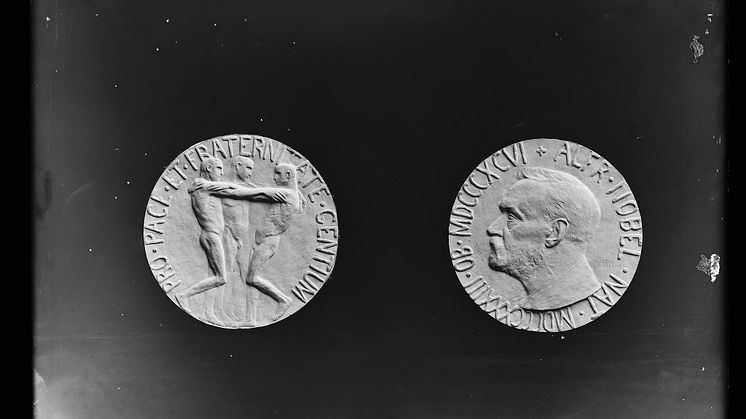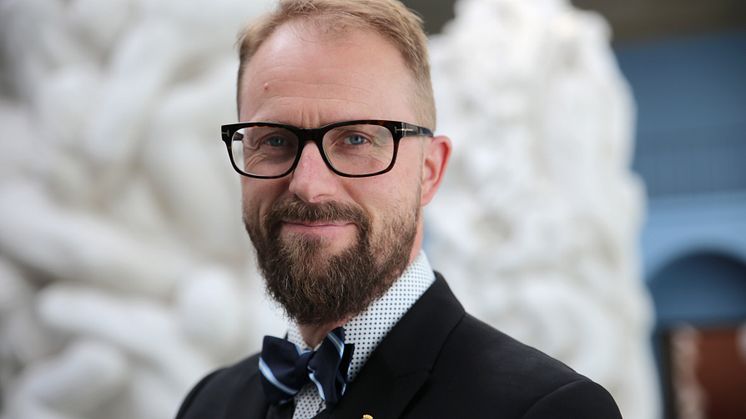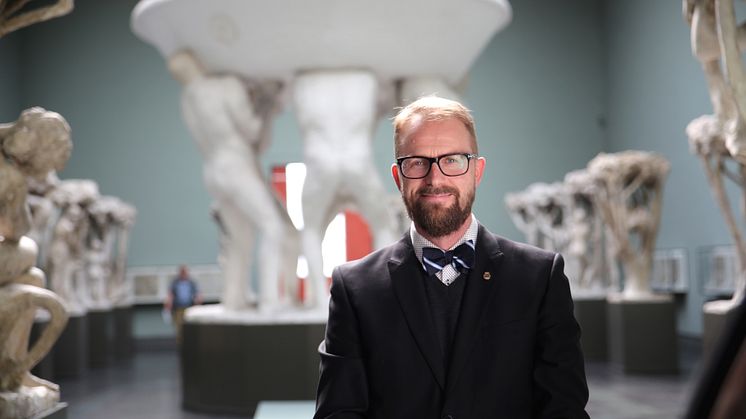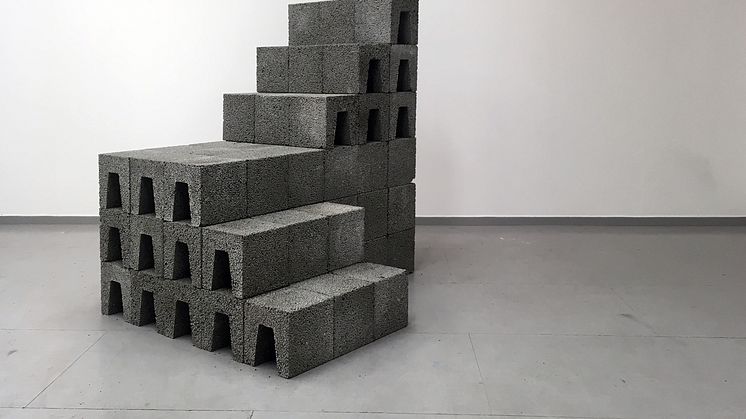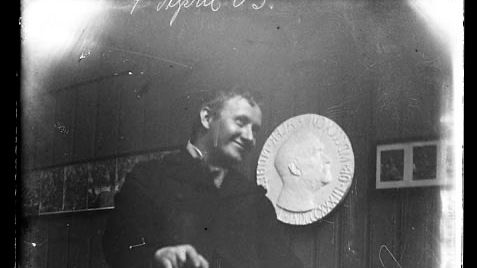
Nyhet -
The story behind the Nobel Peace Prize Medal (by Gustav Vigeland)
Gustav Vigeland and the Nobel Peace Prize Medal
In March 1901 Gustav Vigeland was invited by the Norwegian Nobel Committee to participate in a closed competition for the Nobel Peace Prize medal. Supposedly it was the painter Erik Werenskiold who recommended Vigeland to the committee.
The commission had certain stipulations, but it also allowed artistic freedom; In addition to the inscripture «Pro pacing a fraternitate gentium», the committee asked for an appropriate motif to denote «[...] Peace and Brotherhood among peoples [...]». The figurines on the medal is a symbol of all mankind.
Alfred Nobel’s portrait, and date of birth and death, should be presented on the medals adverse. For the modeling of the Nobel portrait, Vigeland used photographs, and most likely Alfred Nobel's death mask, as tools.
Vigeland, who at the time was in Paris to study Gothic sculpture, immediately started to work on the draft. Early drawings show that he explored animals as a motif for the medal’s reverse. The sketches show a lion and a horse in different juxtapositions. In the final draft, however, this idea is rejected in favor of three standing men holding each other's shoulders. The composition might be inspired by The Three Shades by the French sculptor Auguste Rodin. This motif is also used in Rodin's Gates of Hell.
On December 10th that year, Vigeland received a letter from the committee, stating that his draft had been accepted. The sculptor had competed against the architect Henrik Bull and painters Eilif Peterssen and Gerhard Munthe. The gold medal was ready for the Nobel Peace Prize ceremony in December 1902. Vigeland also made a monumental bust of Alfred Nobel, commissioned by the Norwegian Nobel Committee. The bust was finished in 1903.
Vigeland modeled the medal in a bigger size before it was sent to the Swedish medal engraver Erik Lindberg for mechanical downscaling. Lindberg has created Nobel Medals for the awards Physics, Chemistry, Medicine and Literature. While they both worked on the medals, Vigeland and Lindberg corresponded through letters, and Lindberg gave Vigeland good advice in the process.
Vigeland did not want the medal to be too sharp and tight in its form. Rather than making it geometrically round, he modeled a more random outline. The inscription goes right to the edges, and the letters have irregular intervals between them. In the male figures and the portrait Vigeland has omitted sharp details and said:
"Thus I believe to have given the medal a more loose and free expression". (Gustav Vigeland)
This text was originally created for the exhibiton on the Nobel Peace Prize Medal at the Vigeland Museum in 2016.
